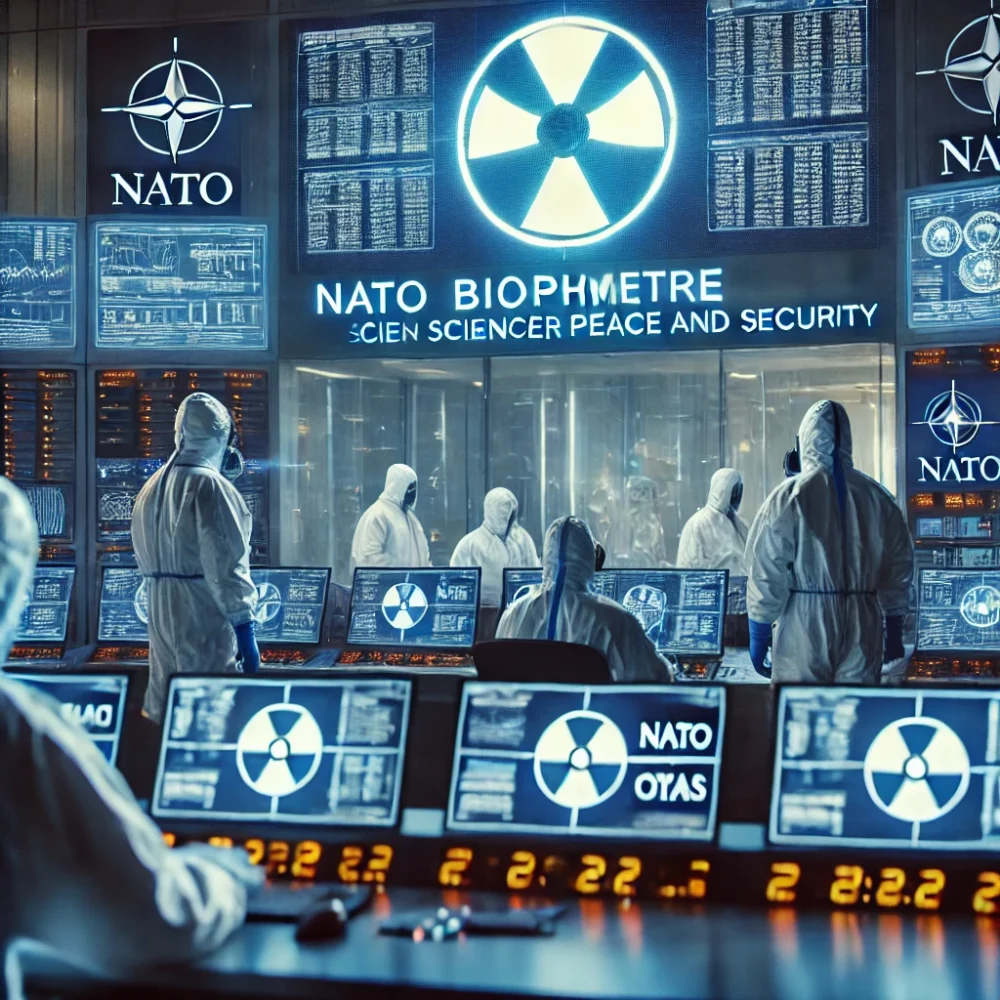IN THE CONTEXT OF NUCLEAR AND RADIOLOGICAL EMERGENCIES, PREVENTION AND TIMELY RESPONSE ARE FUNDAMENTAL. THE NATO PROJECT “BIOPHYMETRE”, LED BY ENEA AND FUNDED UNDER THE NATO PROGRAM “SCIENCE FOR PEACE AND SECURITY”, IT IS INTENDED TO DEVELOP INNOVATIVE SYSTEMS TO RAPIDLY DETECT THE DOSES OF IONIZING RADIATION ABSORBED IN THE CASE OF MAJOR ACCIDENTS
Triage in radiological emergencies
Triage, the process of quickly assessing patients’ conditions and assigning treatment priorities, is essential radiological or nuclear emergenciesi to identify who has been exposed to hazardous radiation and to estimate the absorbed dose.
This explains it Antonella Federica Testaproject coordinator BioPhyMeTRE and researcher at the National Agency for New Technologies, Energy and Sustainable Economic Development, AENEAS. This approach actually allows doctors to intervene with adequate treatments, thereby increasing the chances of survival.
Biological screening: the role of lymphocytes as “circulating dosimeters”
One of the methods developed by ENEA is based on biological dosimetry, a system that allows the radiation dose to be estimated from a small blood sample. Lymphocytes, cells of the immune system, respond to excessive radiation exposure by developing specific chromosomal abnormalities that can be observed under the microscope.
Thanks to the advanced microscopy technology, acquired with the money NATOthis system allows the accurate detection of such abnormalities and provides essential information on the absorbed dose.
«The new method combines two biological dosimetry tests on the same slide, allowing rapid and multiple screening.” says Testa.
Result? The automation of the process significantly increases the speed of analysis and allows a much larger number of samples to be processed in less time.
Physical dosimetry and the use of personal objects such as “accidental dosimeters”
In addition to biological dosimetry, the BioPhyMeTRE project has introduced an innovative physical dosimetry system based on “optically stimulated luminescence” (OSL). This approach uses common substances containing magnesium – such as salty snacks or supplements – which can record traces of potential radiation exposure upon contact with the exposed person.
Thanks to an easy-to-use portable tool, rescuers can then perform triage directly at the scene of the accident. This approach makes it possible to quickly determine the radiation dose in a cost-effective and accessible manner, thereby shortening response times in emergency situations.
Of course, it must be taken into account that the reliability of the method could be limited if such objects are missing or if they have not actually been used by the person examined.
An integrated vision to improve screening accuracy
Both methods of dosimetry – biological and physical – have advantages and limitations, depending on the sensitivity to radiation, the stability of the recorded damage and the characteristics of the individual. An integrated system that combines the results of different dosimetric approaches allows a more accurate estimate of total exposure.
«When evaluating the absorbed dose, it is essential to have access to different measurement systems, because each method has peculiarities that improve its effectiveness‘effectiveness in specific contexts”, Testa continues.
The combination of data from different instruments therefore provides a more reliable assessment of the radiation dose received, essential for correctly directing treatments.
International collaborations and networks to deal with emergencies
The BioPhyMeTRE project is part of a network of international partnerships, in which ENEA plays a leading role. Since the 1960s, ENEA has been the main Italian center for the evaluation of radiation doses by biological dosimetry.
The Agency has worked with several countries to address the consequences of nuclear disasters, such as that of Chernobyl and Kazakhstan. ENEA actively participates in international networks such as the WHO BioDoseNet (Bio-Dosimetry Network), an initiative of the World Health Organization (WHO) aimed at ensuring global coordination for the monitoring and management of radiation doses in case of emergency.
Furthermore, the organization is part of RENEB (Realizing the European Network of Biodosimetry), a European network specialized in biodosimetry, and of EURADOS (European Radiation Dosimetry Group), a European network of experts that promotes research and development in the field of radiation dosimetry. The agreement signed with RENEB in 2015 underlines ENEA’s commitment to support the evaluation of absorbed doses during radiological incidents, for a timely and effective response.
An international collaboration for safety and prevention
NATO’s “Science for Peace and Security” program, which funds the BioPhyMeTRE project, represents an important initiative to promote cooperation between Member States and partners, with the aim of strengthening global security.
In this context, theInstitute for Radiation Safety and Ecology (IRSE) from Kazakhstan, historical partner of ENEA, contributes with its experience gained during the European project INTAS (International Association for the Promotion of Cooperation with Scientists from the Independent States of the Former Soviet Union), aimed at evaluating the radiological consequences of the nuclear tests conducted in Kazakhstan.
The collaboration with IRSE enables the transfer of advanced knowledge and essential tools to emergency personnel, improving triage effectiveness and protecting the population.
A scientific alliance to deal with emergencies
BioPhyMeTRE is an innovative project that represents a step forward in the management of radiological and nuclear emergencies, thanks to the combination of biological and physical methodologies and the support of international partners.
They are working on this together with ENEAHigher Institute for Health (ISS), the reference body in Italy for public health research, the Ruđer Bošković Institute (IRB) in Croatia, one of the country’s leading scientific institutions specializing in nuclear physics and radiation protection, and the Institute for Radiation Safety and Ecology (IRSE) in Kazakhstan, which provides its expertise in areas historically exposed to nuclear testing.
Ultimately, the BioPhyMeTRE project shows how scientific innovation and international collaboration can contribute to building a global security system be able to respond effectively to radiological emergencies. This international synergy underlines the importance of science and cooperation for protecting populations. It also consolidates the foundations for a safer and more resilient world.

